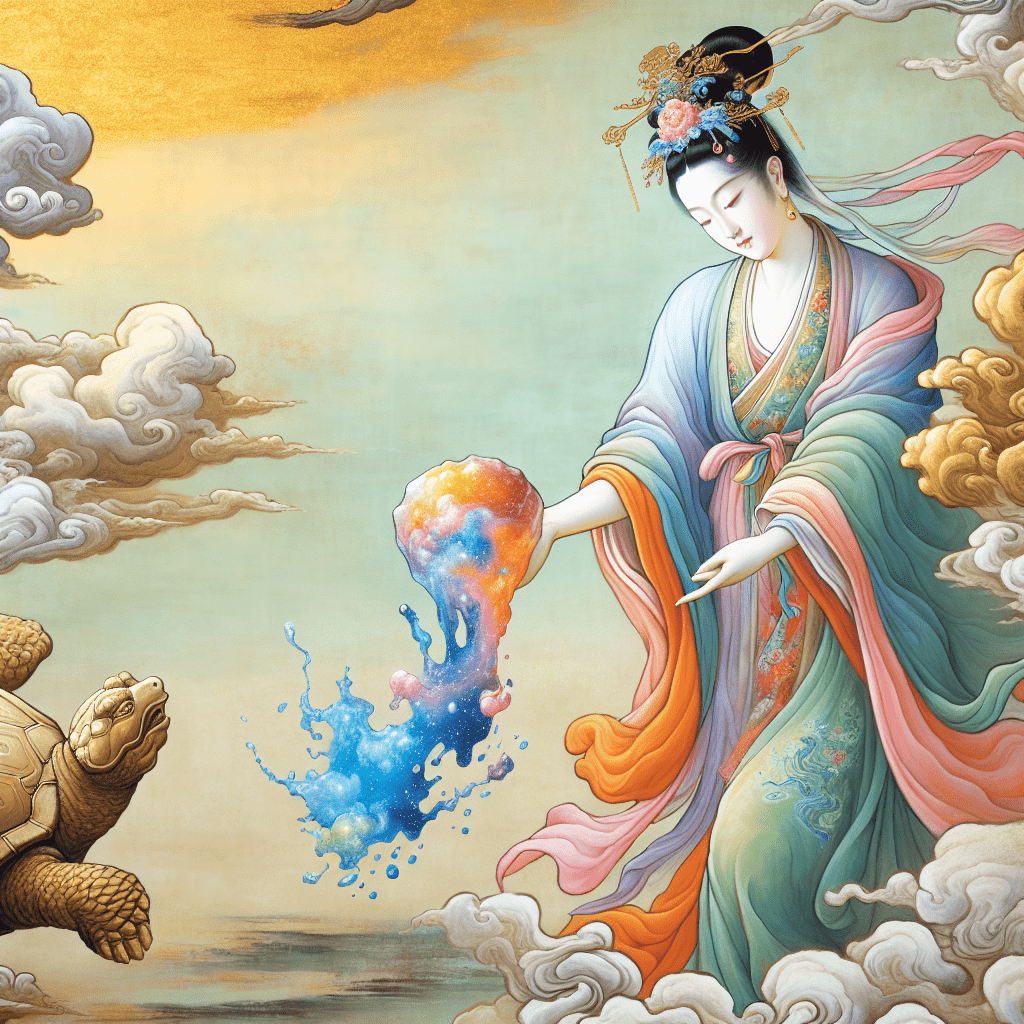Introduction
Nukua, a term not generally recognized in modern vernacular, is an increasingly important concept in the world of etymology and mythology. Understanding its origins, associated history, and the influence it exerts in the present day, provides insight into a culture’s past, and how these prehistoric concepts shape contemporary societies.
The Historical Origins of Nukua
Deeply enmeshed within the tapestry of Chinese folklore and mythology hails the timeless figure of Nukua, also known as Nuwa. she stands as a complex symbol characterized by various roles – a creator deity, a pro-creator of humanity, a mender of the sky, and a key player in different ancient Chinese myths. The first known reference to Nukua can mainly be traced back to the ancient text “Huainanzi”, dating from the Han Dynasty (206 BC-220 AD).
In these early texts, Nukua’s status as the creator of humanity is prevalently emphasized above her other roles. As a mother figure, it is believed that she molded the first humans from clay, establishing her as a symbol of life and creativity. Her transformation from a vague elemental deity into a tangible form of divinity extended Nukua’s influence beyond the realms of mythology, framing her as a patron of marriage, family, and social norms.
The Myth of Mending the Sky
Perhaps one of the most famous stories involving Nukua is the myth of mending the sky. After a colossal battle between the water god Gonggong and the fire god Zhurong caused a gigantic rift in the heavens, chaos descended upon earth. The pillar supporting the sky collapsed, leading to floods, fires, and the release of ferocious wild beasts among humanity. In an effort to restore order to the world, Nukua melted five colored stones to sew up the sky, cropped off the giant turtle’s legs to prop up the four corners of earth, and killed the black dragon to save her created beings, thereby restoring peace and order. This tale emphasizes Nukua’s ability to restore balance between extremes, reinforcing her status as a powerful and wise deity.
Nukua In Modern Conversations
Fast forward to the 21st century, Nukua continues to play a role in the interspersed narratives of Chinese culture. She serves as an enduring symbol of strength, femininity, and serenity, echoed in countless works of literature, dramas, and movies. Nukua emerged in various modern contexts, including anime, video games, and web novels, where she is often portrayed as a strong, intelligent female lead.
This timeless figure’s impact is not confined within the Chinese realm but has transcended geographical boundaries, influencing other Asian cultures, and even reaches the West through Chinese zodiac interpretations and Feng Shui practices.
Notes
Image Description
The image depicts an elegant female figure, presumably Nukua, painted in the traditional Chinese style. She holds a melting, multicolored stone in one hand and a giant piece of turtle’s leg in the other, symbolizing her legendary act of mending the sky. Behind her, a beautiful, serene sky filled with golden clouds serves as a backdrop, indicating peace restored after chaos. The mastery in the brush strokes creates an ethereal atmosphere, capturing the enduring reverence for this symbolic deity.
